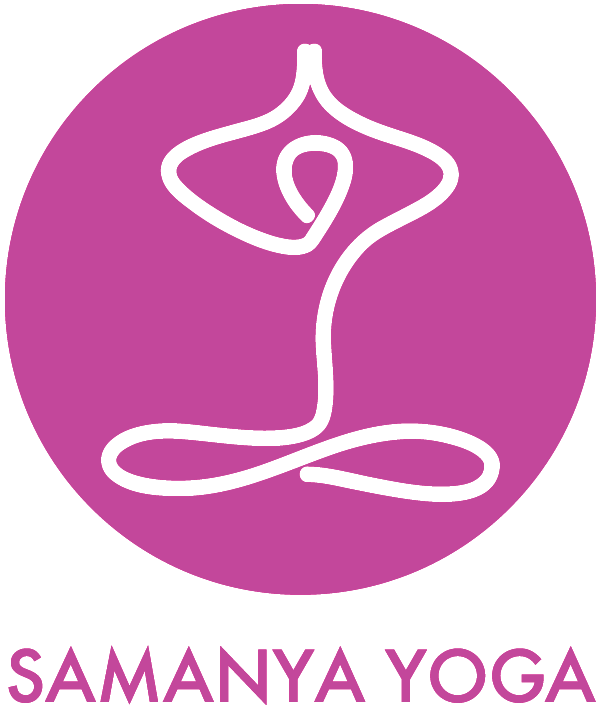Limiting Beliefs and Yoga
What are limiting Beliefs?
Limiting beliefs are embedded ideas that you believe about yourself. These ideas are the ones that prevent you from taking action.
Where do they come from?
Limiting beliefs develop as a result of events in your childhood. They are then reinforced through experiences in your adult life as well societal and cultural influences. For example, as a child if you were told to tidy your room and in doing so pleased your parent, then you might go on to develop the belief that you need to please all people in your daily encounters.
Similarly, when you were in school, and you didn't do as well as expected, then you might have the idea that you are unintelligent and incapable. You might unconsciously then surround yourself with people that perpetuate these ideas. This then reinforces the notion that you are incompetent. This in turn stops you from applying for a new job or promotion as you feel you aren't clever enough to get it.
Another example of limiting beliefs are feelings of not being good enough, or not being worthy.
Limiting beliefs are very personal, but they often boil down to the commonalities of a fear of judgment or criticism, a fear of failure or perceived failure, or even the fear of success.
Why do we have them?
Ultimately limiting beliefs come from a place of fear or judgement. They act as your protection system to keep you safe from perceived dangers. They come from a misapprehension of reality. In yoga this is known as Avidya -not seeing things like they really are.
How do you deal with them?
To tackle limiting beliefs, you need to challenge them. In other words, you need to look for the evidence that they are real. You need to identify the facts you actually know. This helps you understand whether the beliefs are perceived ideas or not. Then you need to reframe your belief and think about a positive re-affirming statement that challenges the belief.
You also need to notice how you are talking to yourself. Do you talk to yourself in the same way you would talk to your friend or loved one?
Our external world is greatly influenced by our inner workings.
Yoga and Limiting Beliefs
The ancient yoga sage Patanjali talks about limiting beliefs in his book the Yoga Sutras. He calls them the Kleshas – the obstacles that hold you back from being the best version of yourself. The Kleshas are often depicted as a tree with Avidya (ignorance) as the trunk of the tree and the branches asmita (over-identifying with your ego), raga (desire, or attachment to pleasure), dvesha (avoidance), and abhinivesha (attachment and fear).
In terms of limiting beliefs each of these kleshas can be brought back to fear.
How does yoga and meditation help?
Yoga and meditation encourage self-awareness. They encourage you to notice the negative thought patterns, self-talk and behaviours that reaffirm your limiting beliefs and then to let them go.
The practices allow you to observe yourself without judgement, to become aware of your strengths and weaknesses from a place of equanimity. Yoga and meditation help to bring into focus the positive aspects of your life.
Yoga gives you the opportunity to challenge yourself in a safe space and to notice when you are holding back due to fear. You can learn to understand whether your blocks are mental or physical. In moving into more difficult poses, you can gently push yourself out of your comfort zone. It is when you are move outside of your comfort zone that you start to develop.
Yoga allows you the space to let go of judgement of yourself. To treat yourself with kindness and compassion.
In conclusion:
Limiting beliefs are embedded ideas that prevent you from taking action and developing.
They come from your past experiences and perceived societal and cultural influences.
They develop to keep you safe.
Yoga and meditation help to shine a light on your limiting beliefs or obstacles.
Through yoga and meditation, you are encouraged to observe your life without judgement.
They help you to identify your strengths and blessings in your life.
Your practise gives you the tools to be able to manage life’s ups and downs from a place of balance, to understand that sometimes you need to fall over to be able to learn how to stand firm.


